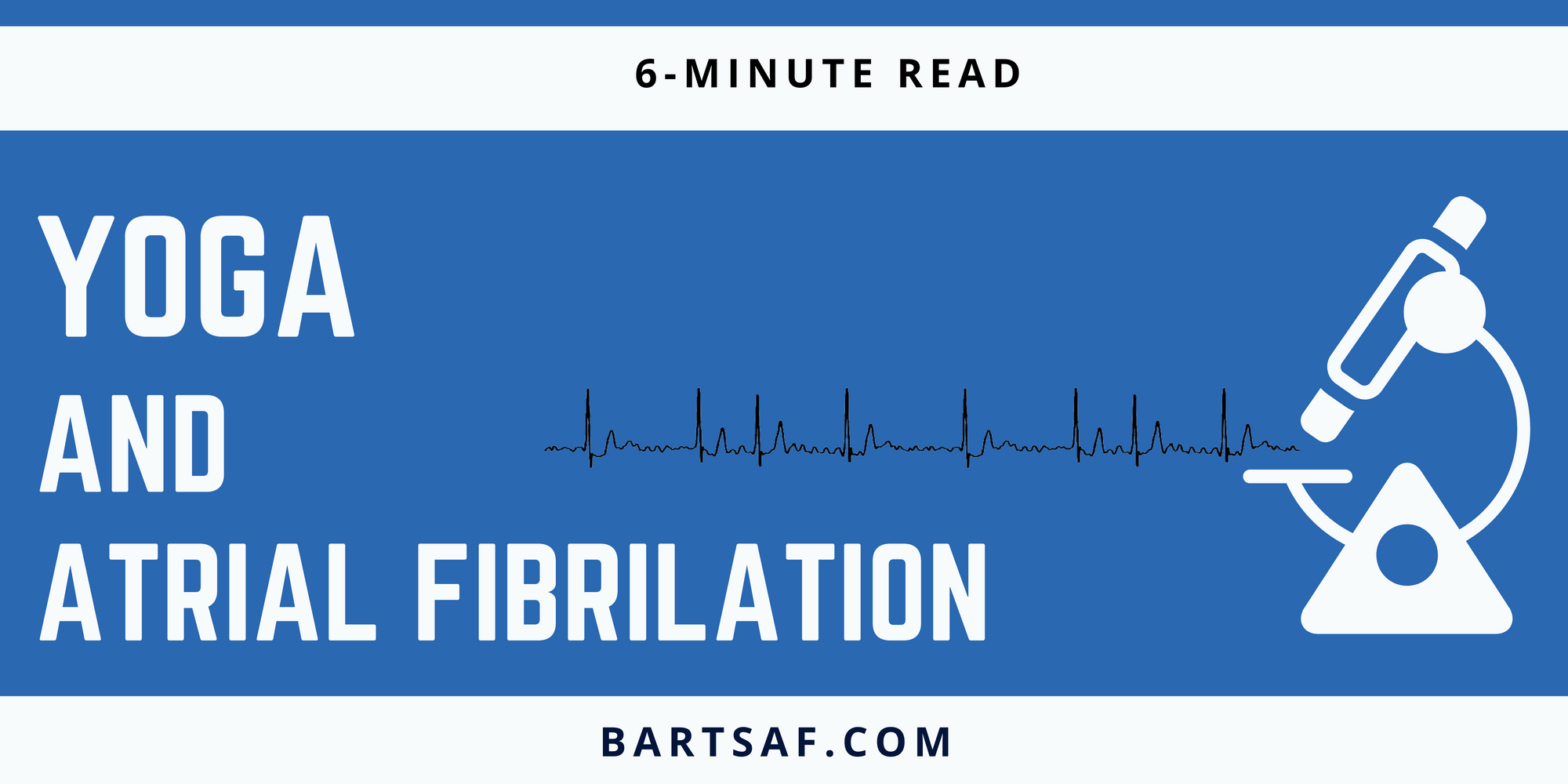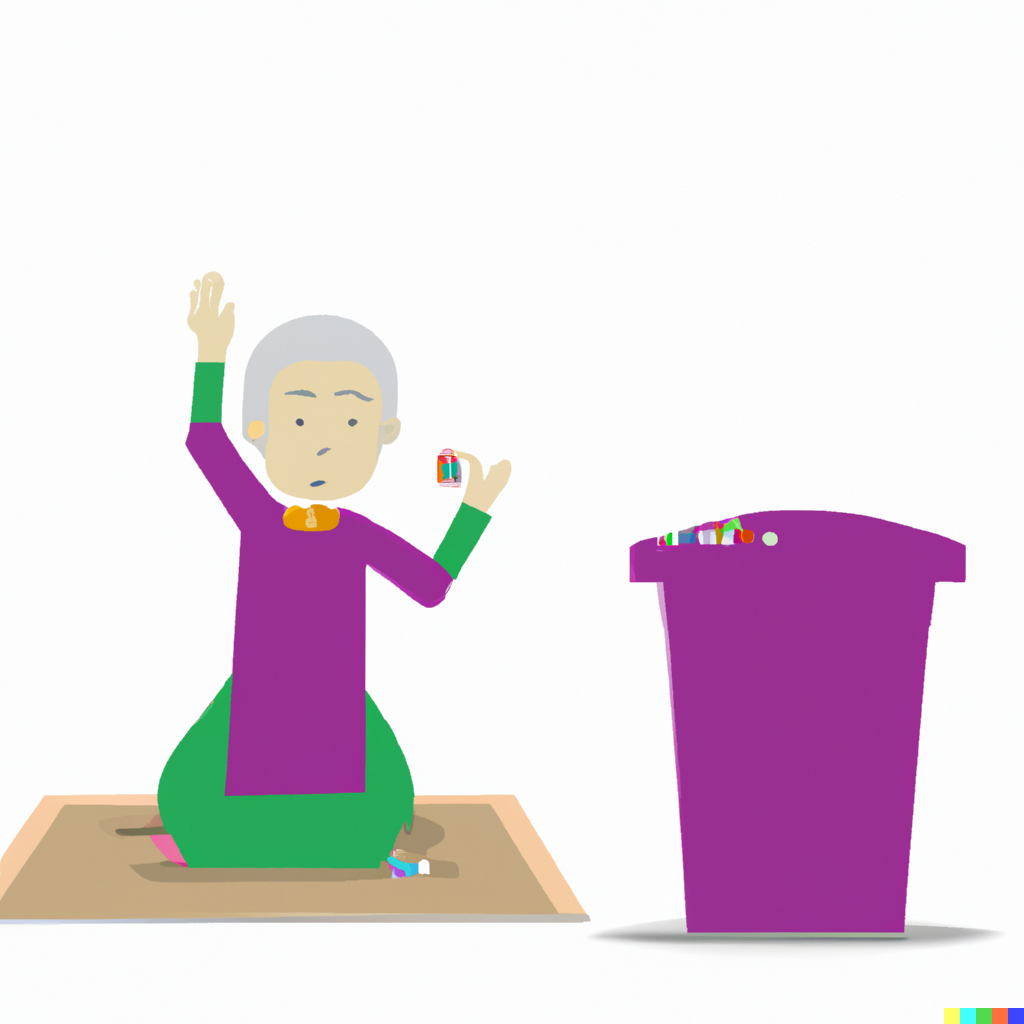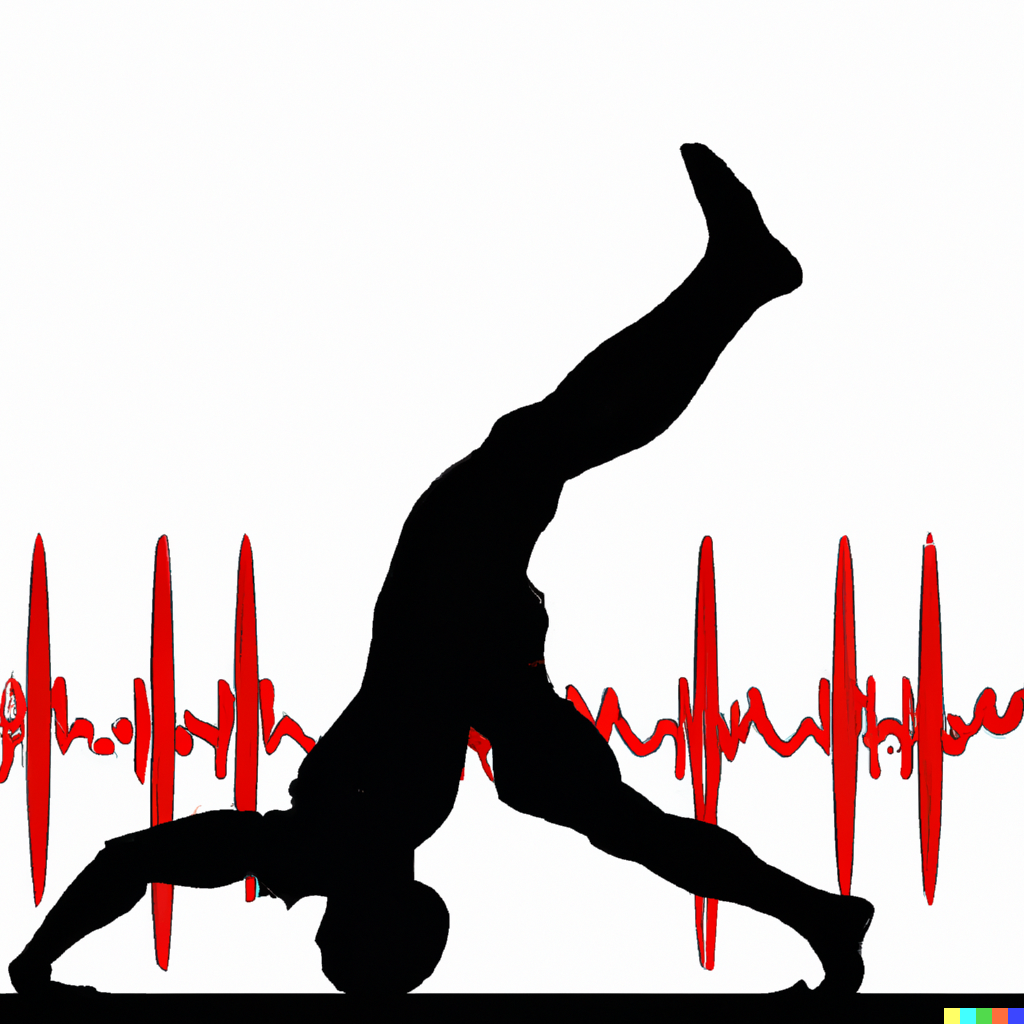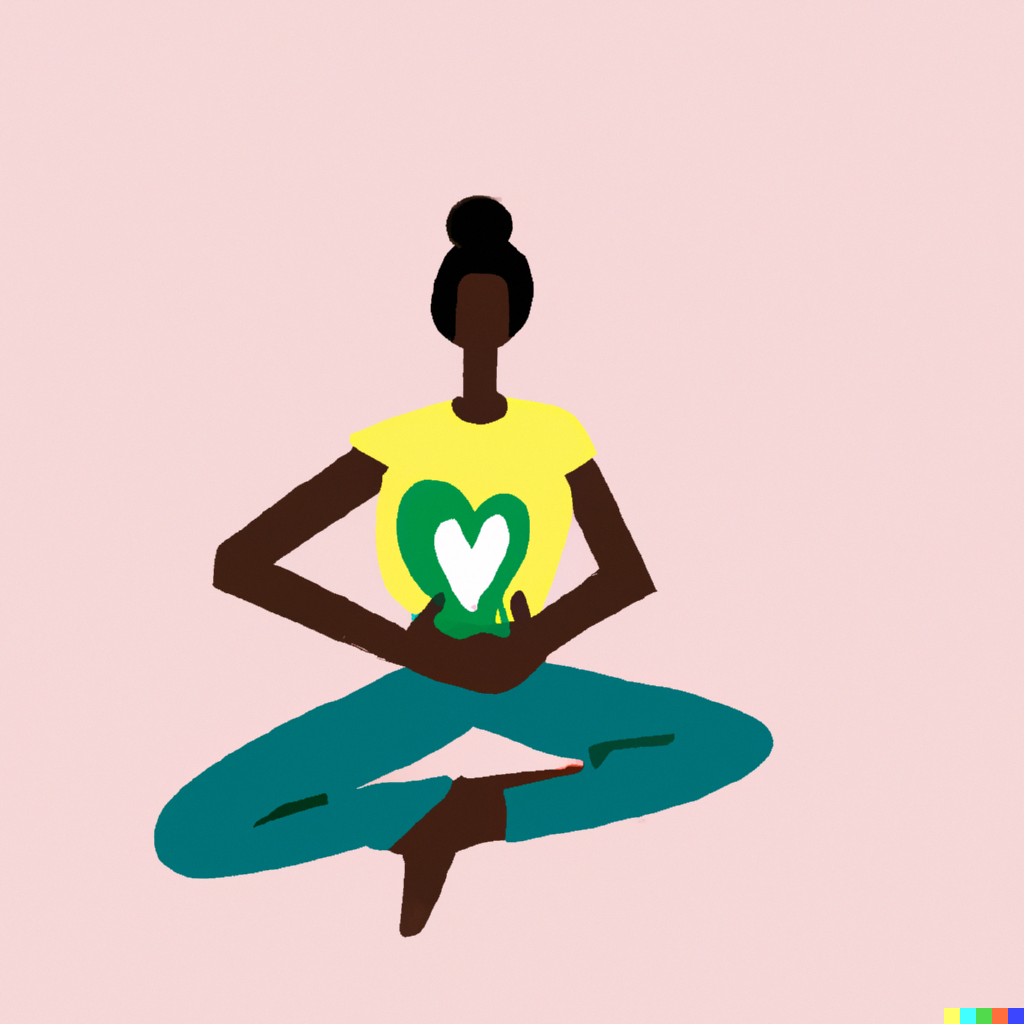Yoga and atrial fibrillation: benefits beyond the mat

Yoga is an ancient practice that combines physical postures, breath control, meditation, and spiritual wellness. Originating from India, yoga has now transcended borders and is offered in gyms, online classes and retreats all round the World.
There are a reported 300 million yoga practitioners worldwide, with 10% of the U.S. (34 million people) practicing yoga.
Regular sessions of yoga have been shown to lower blood pressure and improve heart failure parameters. So if you read this post to only learn that it improves AF symptoms...that's not worth scrolling down for.

Instead, let's review the evidence properly. The popularity and demonstrated values of yoga has led cardiologists to evaluate the effect of yoga in a systematic way using trials. Using the results, we will try to evaluate:
- How much yoga leads to benefit?
- How long do I have to do it for?
- Is one type of yoga better than another?
If possible, we will try to write a 'yoga prescription' for patients with AF willing to try 'downward-facing dog' alongside their blood thinner.

Improvement in Quality of Life and blood pressure
The largest study, the MediYoga study in Sweden randomised 132 patients with paroxysmal (intermittent), symptomatic AF to undergo either 12-weeks of relaxing Yoga for one hour per week or attending to listen to relaxing music without the yoga practice. Patients in the Yoga group reported a reduction in their bodily pain, improvement in general health, social function and mental health whereas patients in the music group did not. They also had lower blood pressure results just after 12-weeks of the yoga practice.
Not just for women!
The 'YOGA My Heart Study' was 49-patient trial performed in Kansas City, USA. The investigators recruited 52 patients with paroxysmal (intermittent), symptomatic AF and measured their episode frequency, symptom severity (using surveys) and characteristics like heart rate and blood pressure. They then asked the patients to participate in 60-minute yoga sessions twice per week for 3-months. The results were similarly impressive. The number of AF episodes reduced (an average of 2.1 compared to 3.8), health anxiety reduced and reported quality of life got better. The AF heart rate and blood pressure also improved. Only 3 out of the 52 participants dropped out during the Yoga period, and what's more is that 47% were men.

Is it the Yoga or the Yoga centre?
We know placebo can play a big role in health symptoms. The authors of the 'YOGA My Heart Study' acknowledged this in their paper saying “the benefit from the emotionally supportive atmosphere at yoga training centres, and the positive impact by the caring relationships, change in diet and lifestyle modification associated with yoga practices on physiological parameters cannot be underestimated”. This is why the results of the MAYA study are so important. We have spoken before about the importance of the randomised controlled trial and how it's the best way to measure a treatment's effect. And so when the MAYA study investigators reported the results of their sham-controlled randomised trial, it helped us isolate the effect of the yoga itself. Sham-controlled means that the study had two arms: one where patients attended the yoga centre to do yoga and the other where patients attended the same centre but to do 'supervised joint exercises'. So if the benefit was because of the emotional support and the community network- then both arms of patients should improve.
And both arms did improve. But the yoga group improved more. Reported health and physical function improved in both arms but to a greater extent in the yoga group. This suggests the impact of regular sessions and physical activity is positive on AF symptoms (patients would meet 6 days per week for 6 weeks for their activities) and that yoga may offer additional benefit if performed during these sessions too.
How much and how often?
These studies all performed relatively short treatment windows ranging from 6 to 12 weeks. The frequency of training varied from 6- to 1-times per week. The MediYoga is probably the most compatible with modern lifestyle with a once-a-week regimen and may be the most sustainable. Interestingly, the studies did not report any long-term effects at 1-year of yoga practice or whether symptoms would deteriorate again after stopping the yoga- like when you stop an effective tablet.
And Yoga type?
The MediYoga study used Kundalini yoga (mainly deep breathing, slow movements, and meditation) whereas the 'YOGA My Heart Study' used Iyengar yoga (a more physical practice with posturing), and the MAYA study used a combination of breathing, meditation, and physical. The diversity of Yoga types suggests the priority should be picking a routine that you will enjoy and do consistently. If you're troubled by AF symptoms and looking for an alternative to tablets or ablation- yoga is worth considering and the evidence behind it, suggests it should be taken seriously.

MediYoga study: Wahlström M, Rosenqvist M, Medin J, Walfridsson U, Rydell-Karlsson M. MediYoga as a part of a self-management programme among patients with paroxysmal atrial fibrillation - a randomised study. Eur J Cardiovasc Nurs. 2020 Jan;19(1):74-82. doi: 10.1177/1474515119871796. Epub 2019 Sep 17. PMID: 31526039.
Yoga My Heart study: Lakkireddy D, Atkins D, Pillarisetti J, Ryschon K, Bommana S, Drisko J, Vanga S, Dawn B. Effect of yoga on arrhythmia burden, anxiety, depression, and quality of life in paroxysmal atrial fibrillation: the YOGA My Heart Study. J Am Coll Cardiol. 2013 Mar 19;61(11):1177-82. doi: 10.1016/j.jacc.2012.11.060. Epub 2013 Jan 30. PMID: 23375926.
MAYA study: Kodliwadmath, A., Duggal, B., Ray, I. B., Singh, A., Nanda, N., & Hiremath, B. (2021). A randomised, controlled trial of meditation and yoga in permanent atrial fibrillation: The MAYA study. European Heart Journal, 42(Supplement_1). https://doi.org/10.1093/eurheartj/ehab724.0333
